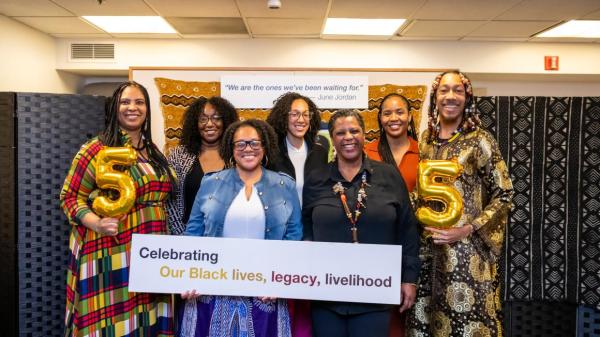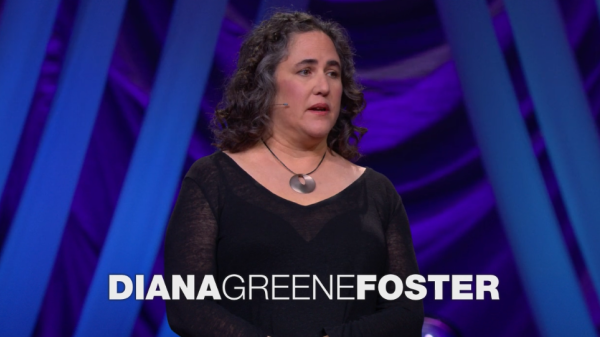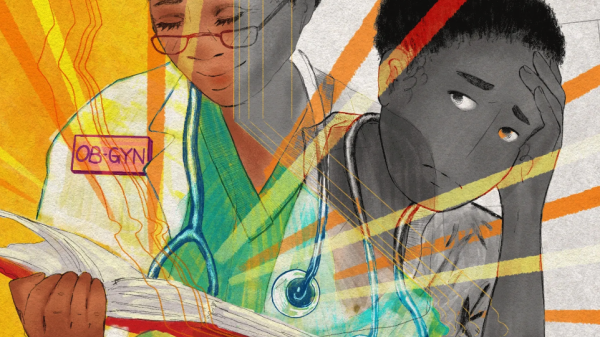Pioneers in Their Fields
At UCSF, we believe that solving the most daunting health care questions depends on great research. Our work on groundbreaking drugs and pioneering therapies is built years earlier, on work at the cellular and molecular level. We call it discovery science.
Can the enzymes behind every living thing adapt to climate change? How soon will we be able to mimic pancreases in a lab to treat diabetes patients? And can we stop the next killer pandemic by understanding virus evolution?
Watch Them Explain Their Passion for Science
Immune Investigators
The immune system is essential to health. What happens if it doesn’t work — or worse, it perceives the body as a threat?
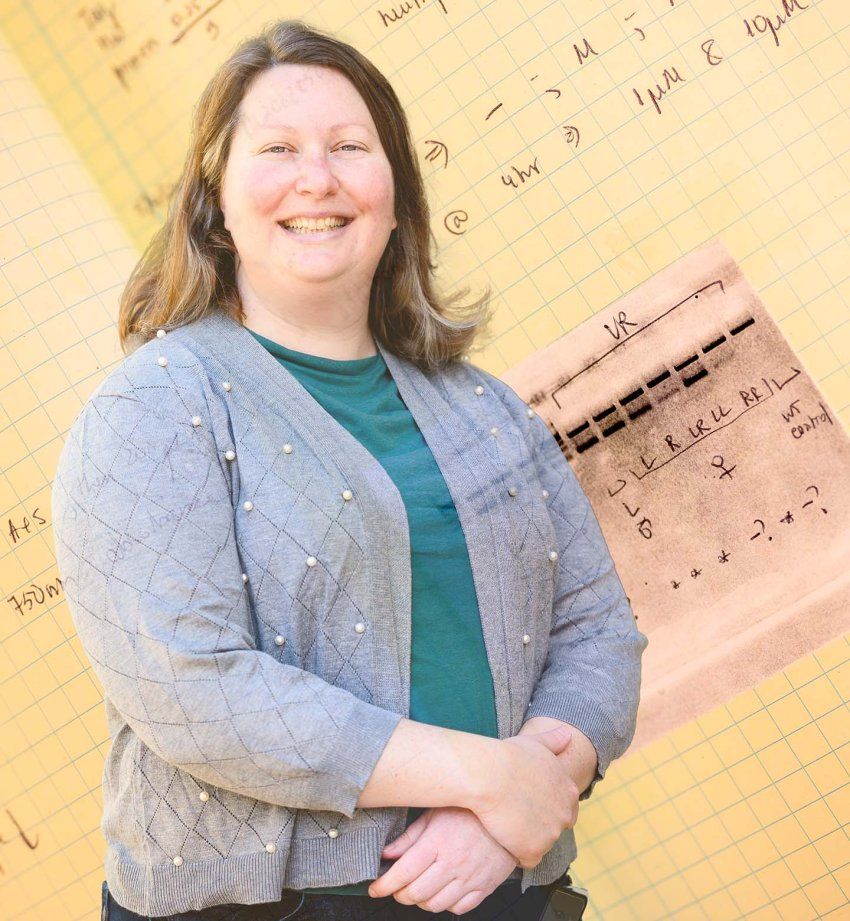
Emily Goldberg, Assistant Professor of Physiology
Can We Turn Back Time on Age-Related Diseases?
Researchers have long known that as people age, our immune cells change and inflammation increases throughout the body. The constant low-level inflammation makes age a risk for COVID but also cancer, heart disease, diabetes and more.
Today, her lab studies what happens during aging to a particular set of immune cells: those embedded in fat tissue. She hypothesizes that changes to these cells during aging could be key to age-related inflammation.
What is the root of chronic inflammation
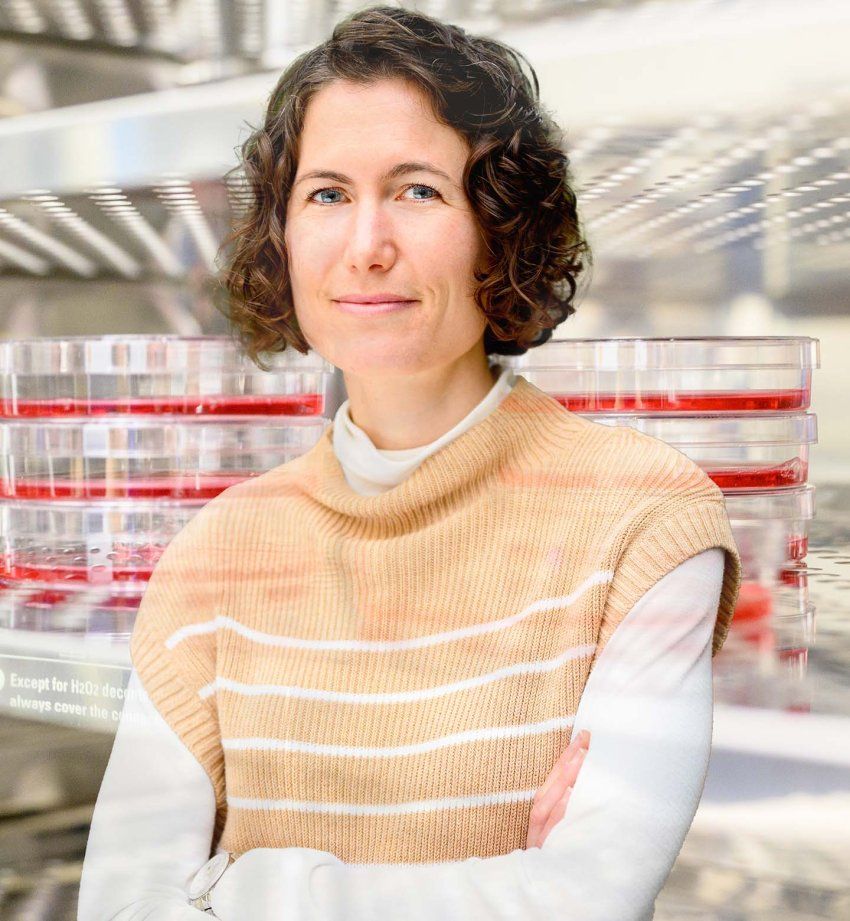
Angela Phillips, Assistant Professor of Microbiology and Immunology
The Omicron Effect: Can We Predict the Next Viral Killer?
A funny thing happened on Angela Phillips’ way to become an astronaut and travel to space. She was captivated by viral evolution. Now, she leads research that could help predict future viruses and the antibodies we might use to treat them.
Her team studies the evolution of viral proteins and antibodies: think influenza, HIV, and the coronavirus that causes COVID-19.
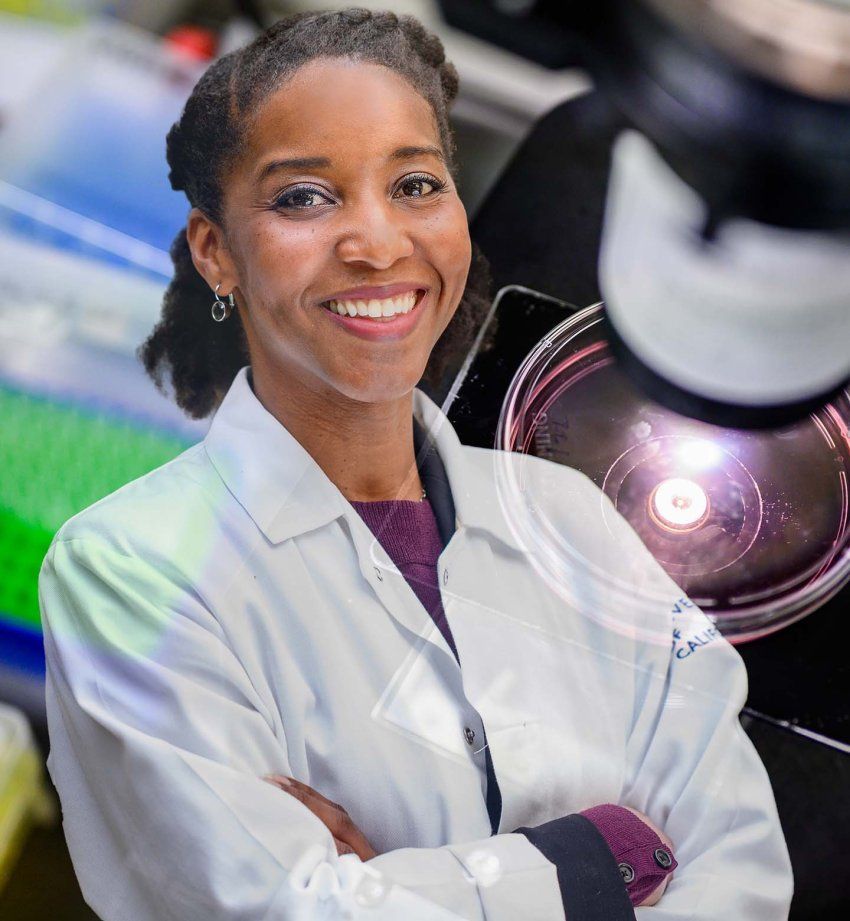
Catera Wilder, Assistant Professor of Bioengineering and Therapeutic Sciences
Breaking the Code on Dangerous Lung Inflammation
When we inhale an airborne virus, our lung cells take on the role of immune system first responders.
Catera Wilder studies the molecular details of this response and how it can go awry, causing the body to damage its own tissue and cells.
Unmasking mixed signals before they cause damage
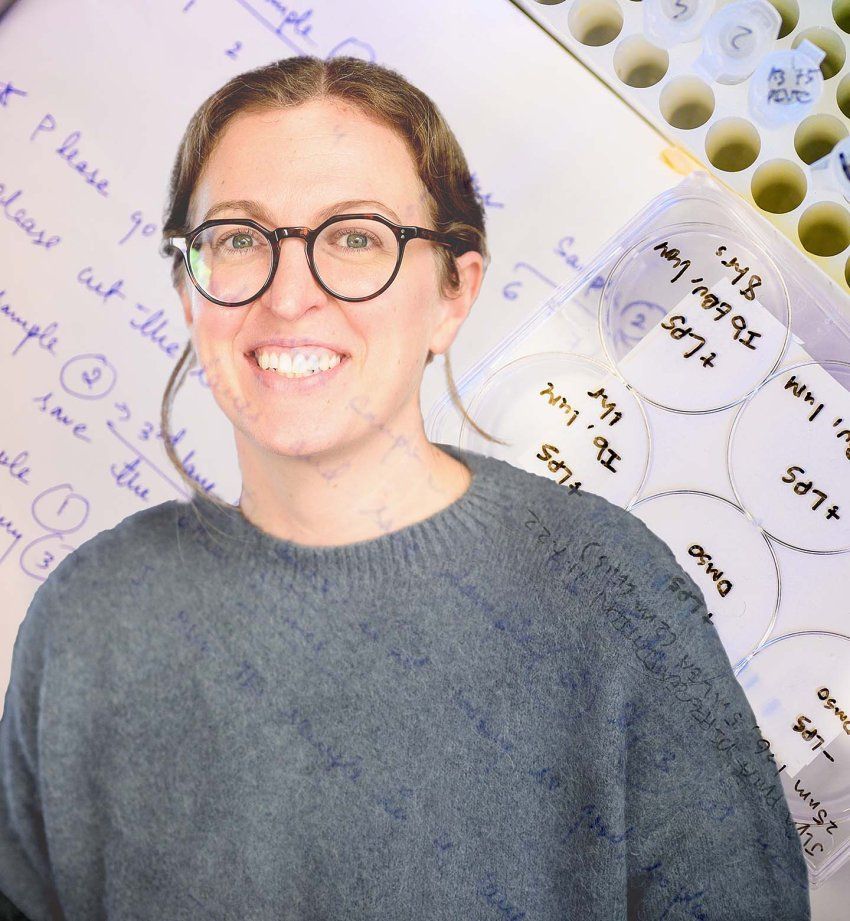
Balyn Zaro, Assistant Professor of Pharmaceutical Chemistry
If Immunity Is Innate, What Impacts Our Ability to Fight Infections?
Balyn Zaro, PhD, is drawn to genetic differences in the innate immune system. After all, those differences can impact the effectiveness of the medications we take.
Her lab investigates the cause and consequence of genetic diversity in the immune system, in hopes that her discoveries can lead to better treatments for all patients.
Her drive to parse genetic immunity
Stem Cell Sleuths
The power of stem cells to develop into any type of cell in the body holds promising possibilities capable of revolutionizing care for everything from cancer to diabetes. How do we turn promise into reality?
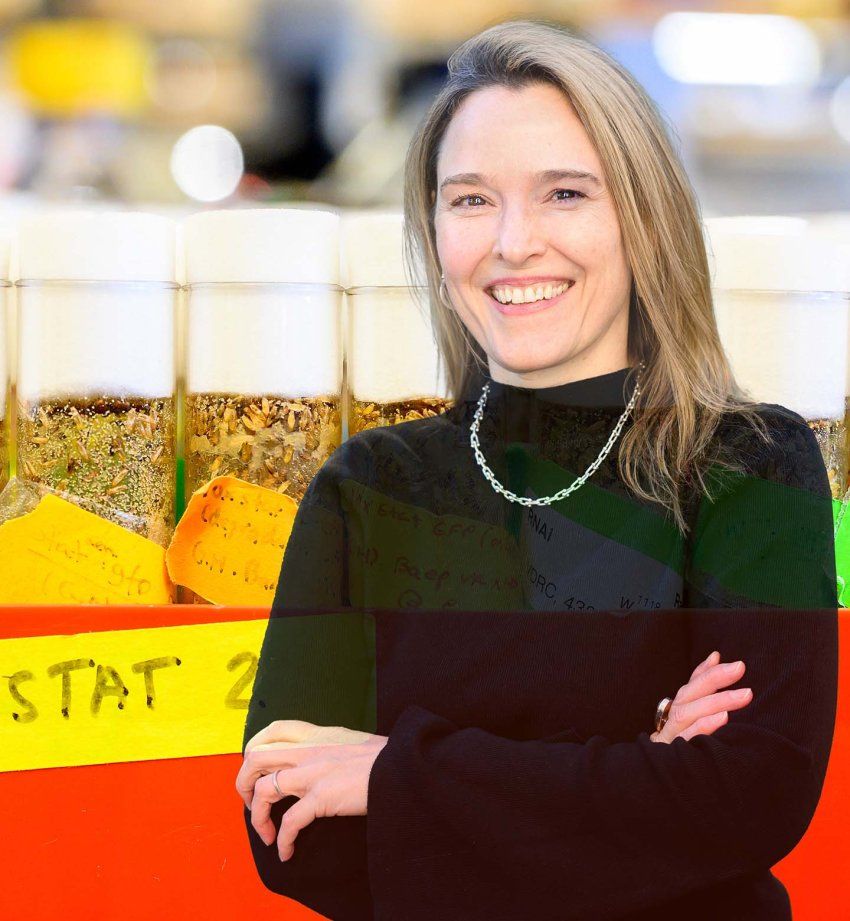
Leanne Jones, Professor of Anatomy
Why Stem Cell Therapy Might Not Work for Older Patients
Stem cell therapies offer hope for treating diseases like Parkinson’s, macular degeneration and osteoarthritis.
Leanne Jones, PhD, is at the forefront of studying how stem cells are influenced by their surrounding environment and directed to differentiate into one type of cell or another – research that’s critical for stem cell therapies to be successful.
When is “too late” for stem cell therapy
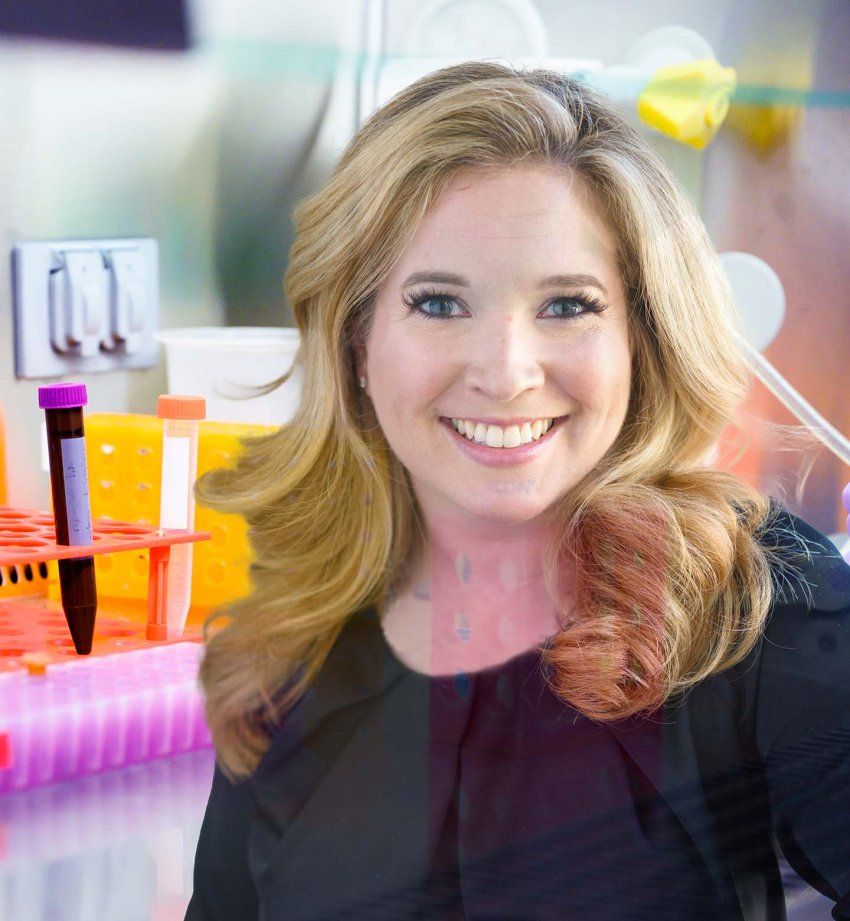
Julie B. Sneddon, Assistant Professor of Cell and Tissue Biology
Can Lab-Grown Beta Cells Revolutionize Diabetes Care?
Since the 1970s, clinicians have known that people with type 1 diabetes can be treated by transplanting pancreatic islets – clusters of insulin-producing “beta cells” – from a healthy organ donor. The procedure, however, is limited by a shortage of donors.
Sneddon is trying to coax stem cells into reliably developing functional beta cells that can be transplanted into patients to produce insulin.
Gut Groundbreakers
If we are what we eat, these scientists want to know what controls our cravings and what causes the nerves in the digestive tract to go on the blink.
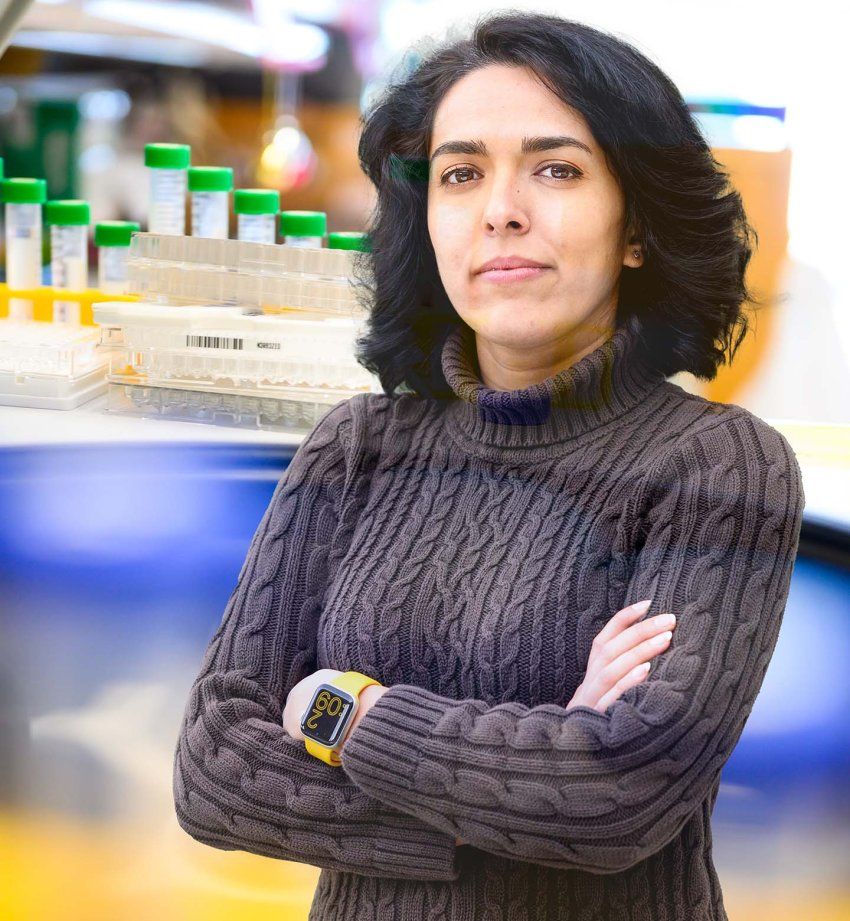
Faranak Fattahi, Assistant Professor of Cellular Molecular Pharmacology
Can a Leading Laboratory Unlock the Cause of Gastrointestinal Disease?
The peripheral nervous system, which branches off from the central nervous system of the spinal cord and brain, regulates vital organ functions such as breathing, heartbeat and digestion.
The Fattahi Lab has become a national leader in growing and manipulating stem cells to model peripheral nerves, primarily studying gastrointestinal diseases related to the movement of food through the body, which affect millions of people.
Getting to the gut of the matter
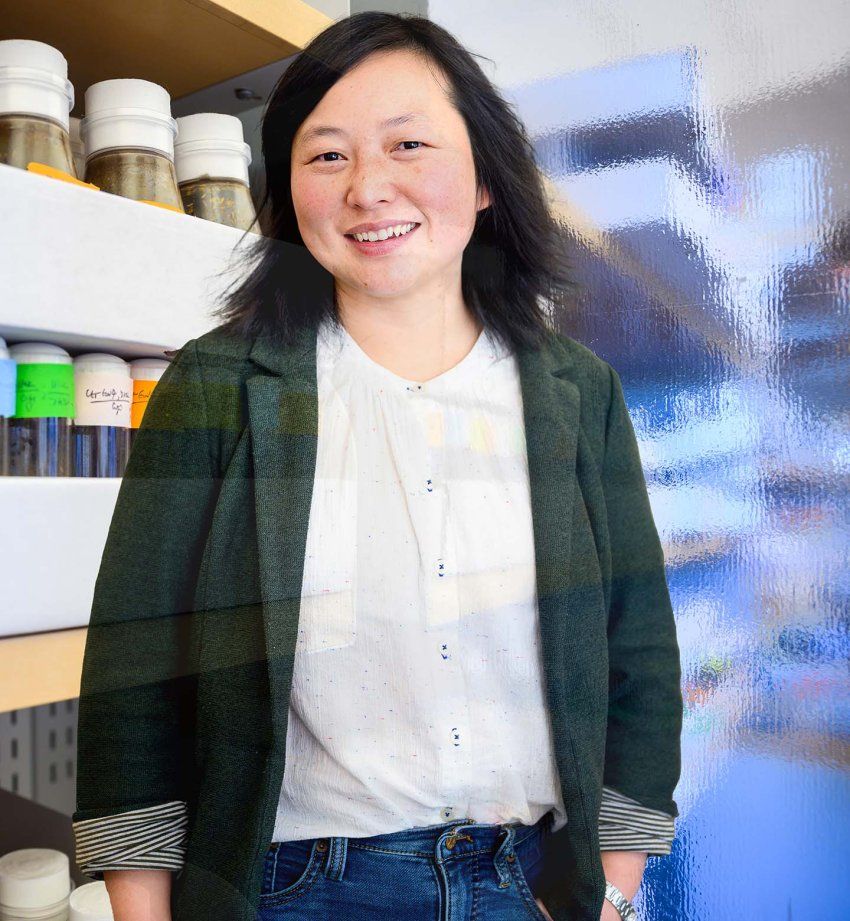
Qili Liu, Assistant Professor of Anatomy
Could Understanding Food Cravings Help Treat Obesity?
We’ve all had food cravings, whether it’s a hankering for a sugary snack or a savory slice of pizza. But have you ever thought about what motivates those cravings? Qili Liu, PhD, hopes to unlock insights that could help address the obesity epidemic.
Liu and her lab study the biological basis of appetites and how those appetites ensure a balanced diet.
Protein Pathfinders
Can proteins, the workhorses of living cells, survive global warming? And what are the chances we can coax them to create new cells after a stroke?
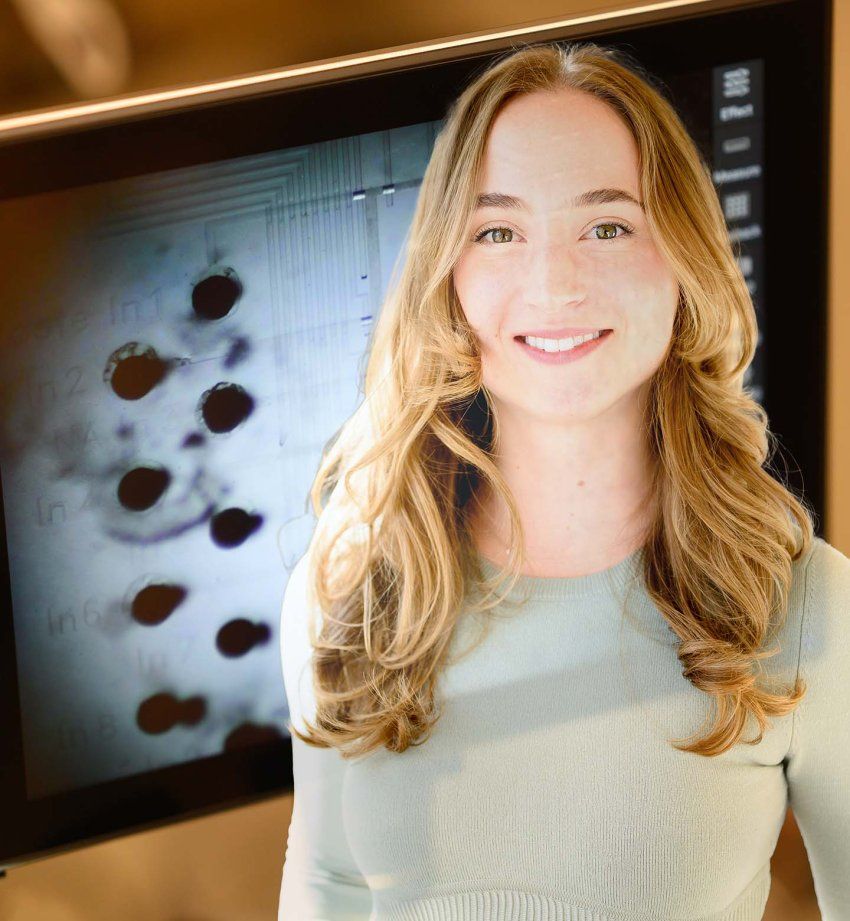
Margaux Pinney, Sandler Fellow, Assistant Researcher of Biochemistry and Biophysics
What Enzymes Can Tell Us About Human Health and Global Warming
Enzymes are the fundamental stuff of life. These proteins regulate essential processes in all living things, including breathing, digestion and muscle functions.
That’s why Margaux Pinney, PhD, sees tremendous potential for their use in anti-cancer, antimicrobial and antiviral drugs. Because proteins can adapt to extremes, she also believes they can shine a light on how living organisms might adapt to the rising temperatures caused by climate change.
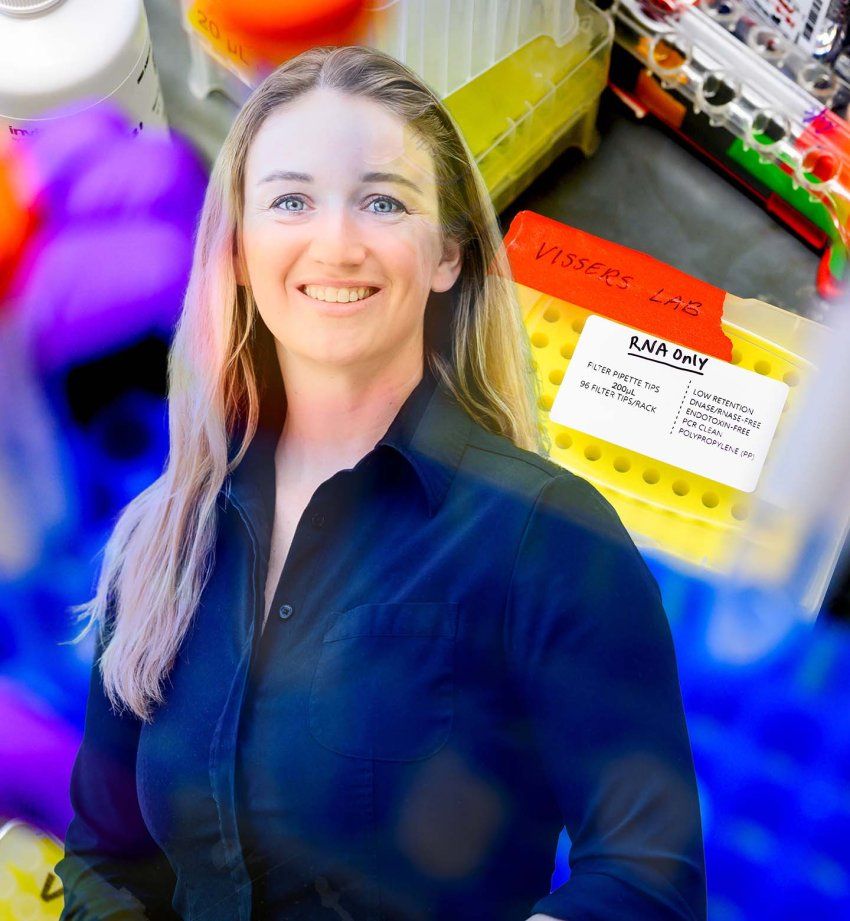
Caroline Vissers, Sandler Fellow, Assistant Professional Researcher of Biochemistry and Biophysics
What We Were Taught About RNA in High School is Only Half the Picture
In high school, Caroline Vissers learned the central tenet of biology: DNA encodes RNA, then RNA is translated into proteins. In recent years, researchers – including Vissers, PhD – have discovered that RNA is more dynamic and more essential than we previously believed.
In fact, Vissers’ work has helped found the field of epitranscriptomics, the study of how chemical marks on RNA, rather than their sequence alone, dictate the function of the molecules.


